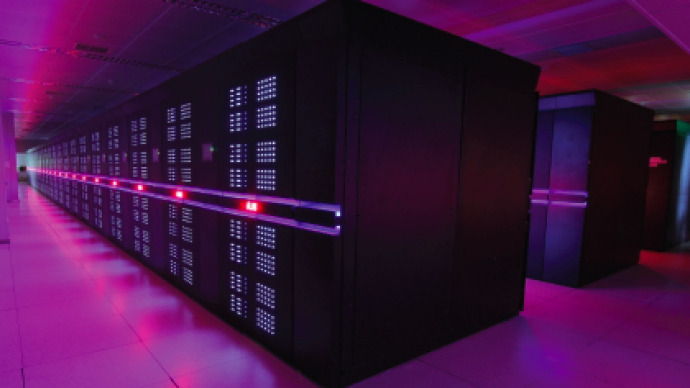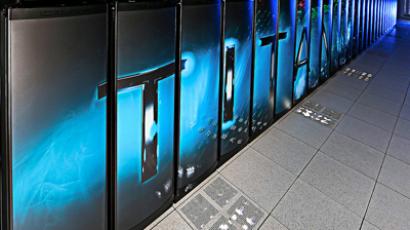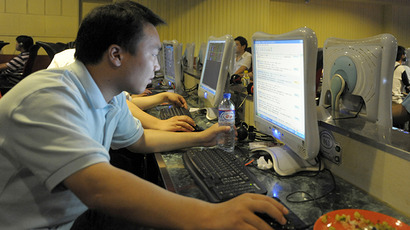World’s fastest comp: China unveils new top-ranking supercomputer

China has developed a new supercomputer, which is twice as fast as US and Japanese systems, early tests show. The new Tianhe-2 (Milkyway-2) is said to be even speedier in theory, and is likely to top the world ranks for years.
The worldwide supercomputer race may again be led by China, and this time for good – even before the official tests, the Tianhe-2 is showing a stunning performance of 30.7 Petaflops (quadrillions of calculations) per second, while its closest US rival, the Titan, can boast only 17.6 Petaflops.
The supercomputer’s capabilities have been confirmed in a detailed report by Jack Dongarra of the University of Tennessee, who recently visited China’s National University of Defense Technology (NUDT), where the Tianhe-2 is currently being tested.
The powerful system was assembled by Chinese company Inspur using tens of thousands of the latest multicore chips produced by Intel, with an addition of some home-made technology. In total, the supercomputer is said to contain over 3 million processor cores.
The enormous computer will consume up to 24 Megawatts of energy while under load, and a special liquid coolant is being developed to prevent overheating. It will also have access to some 12 Petabytes of storage.

Inspur claims the Tianhe-2 is capable of 54 Petaflops of peak theoretical compute performance. Earlier reports said China is aiming for no lesser than a 100 Petaflops machine by 2015.
Such impressive performance rates may be required for designing or modeling complex defense and civil technologies – for instance, testing aircrafts, as is expected in the case of the Tianhe-2.
Economic analysis is another feasible job for the supercomputer.
But the governments are also heavily using supercomputers for gathering intelligence. NUDT has listed aiding in government security as one of the possible uses for the Tianhe-2.
The Tianhe-2 will provide “an open platform for research and education and provide high performance computing service for southern China” after it moves to the Chinese National Supercomputer Center in Guangzhou this year, according to the report.
The system will likely top the biannual Top 500 supercomputer list compiled by a joint US-German group of scientists, in which the report’s author Dongarra participates.
For the US, which has largely dominated the list so far, the new Chinese supercomputer should serve as a “wake-up call,” and an indication the country might fall behind in the high-tech race for years, Dongarra said in an interview on Wednesday.














